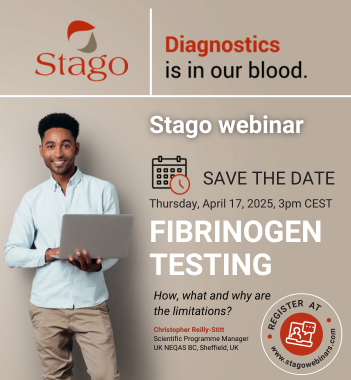What is Antiphospholipid syndrome?
Antiphospholipid syndrome (APS) is a clinical and laboratory entity consisting of persistent antibodies directed against phospholipid (aPL) in conjunction with recurrent venous or arterial thrombosis and obstetric signs.
|
Clinical criteria |
Laboratory criteria |
|---|---|
|
Thrombosis: |
Circulating lupus anticoagulant, measured by International Society on Thrombosis and Hemostasis (ISTH) criteria |
|
Obstetric signs:
|
Anticardiolipin antibodies (IgG or IgM), in moderate or high titre (> 40 GPL or MPL, or > 99th percentile), measured by a standardised ELISA |
|
Anti-ß2-glycoprotein-I antibodies (IgG or IgM), present in titre > 99th percentile, measured by a standardised ELISA |
APS can occur even in the absence of any autoimmune disease, in which case it is referred to as primary APS.
Where it arises in a patient presenting an autoimmune disease, the term "secondary APS" is used.
If an autoimmune disease is diagnosed in a patient with primary APS, the latter is subsequently referred to as secondary APS.

